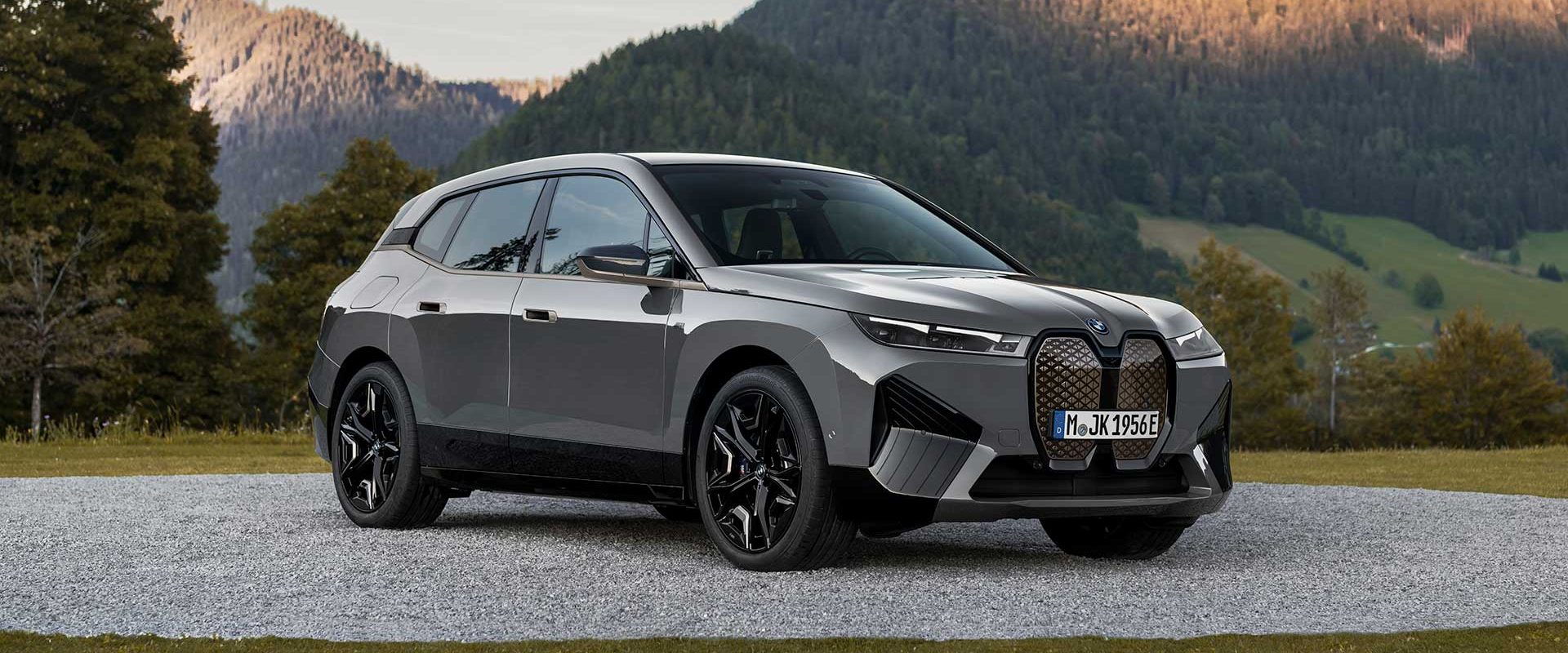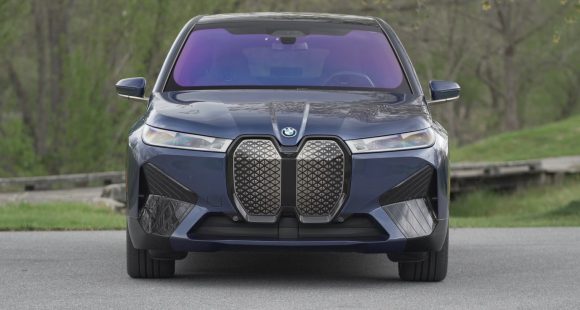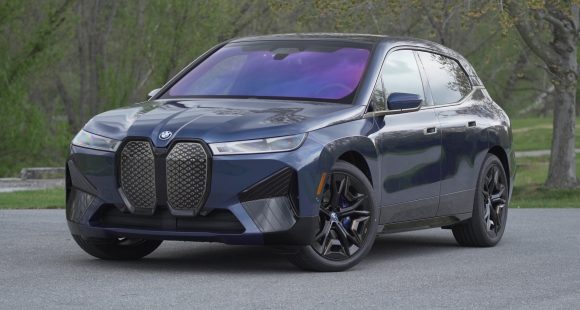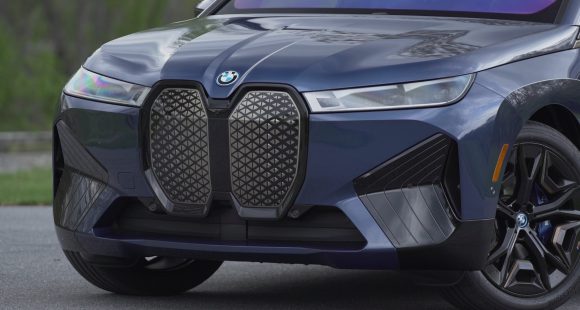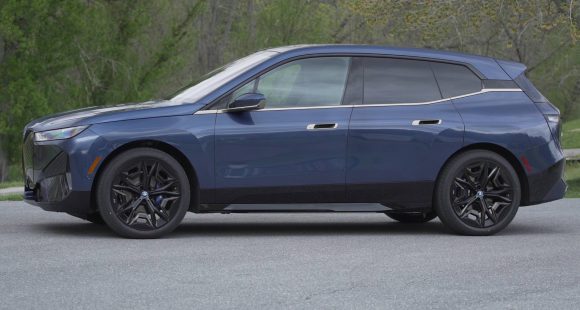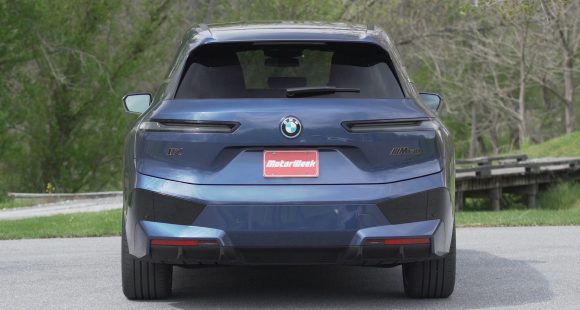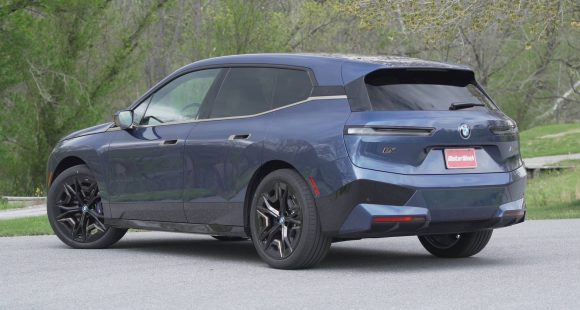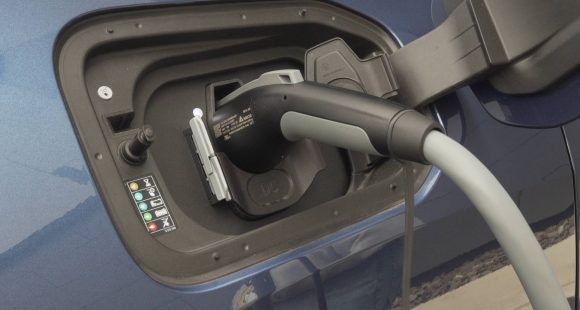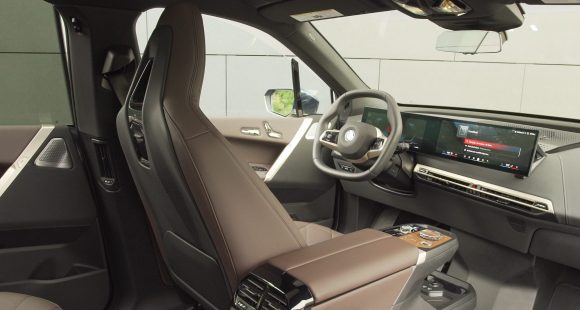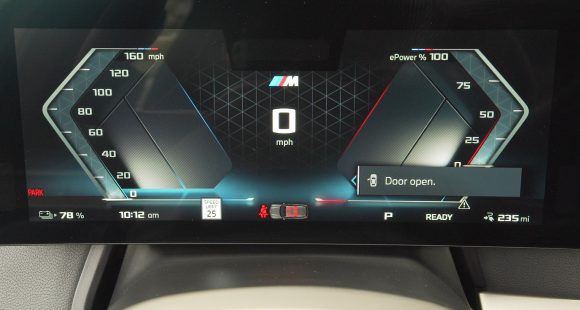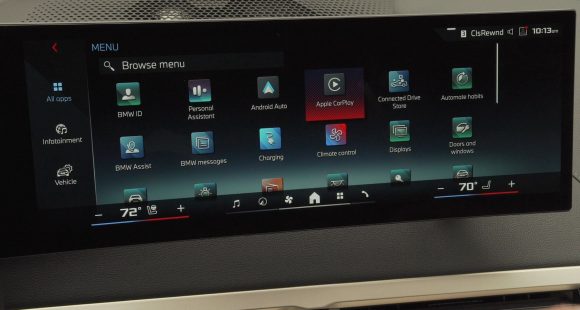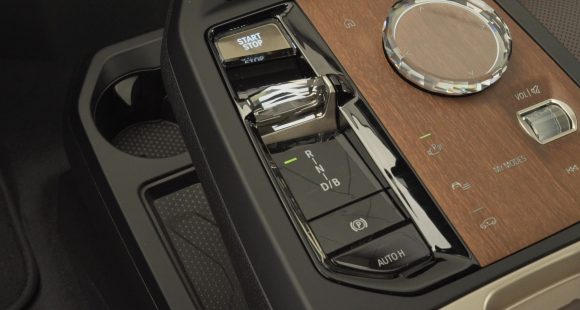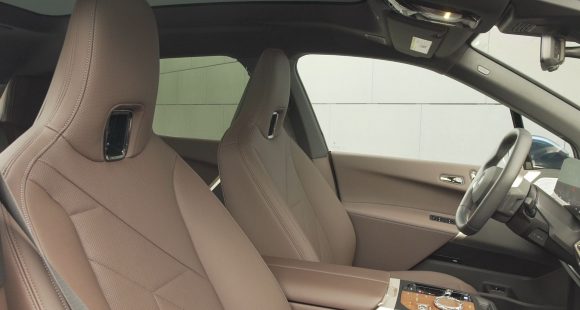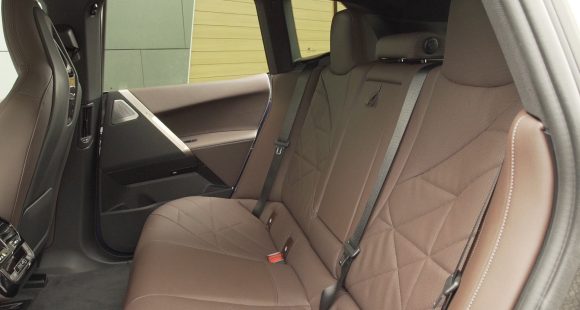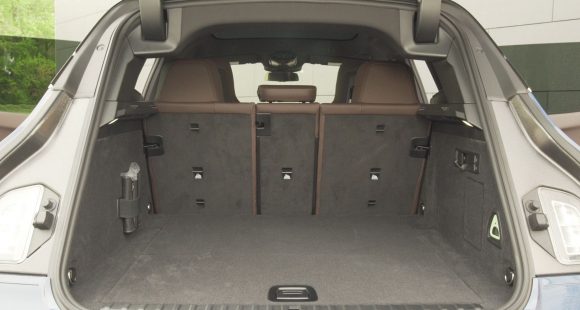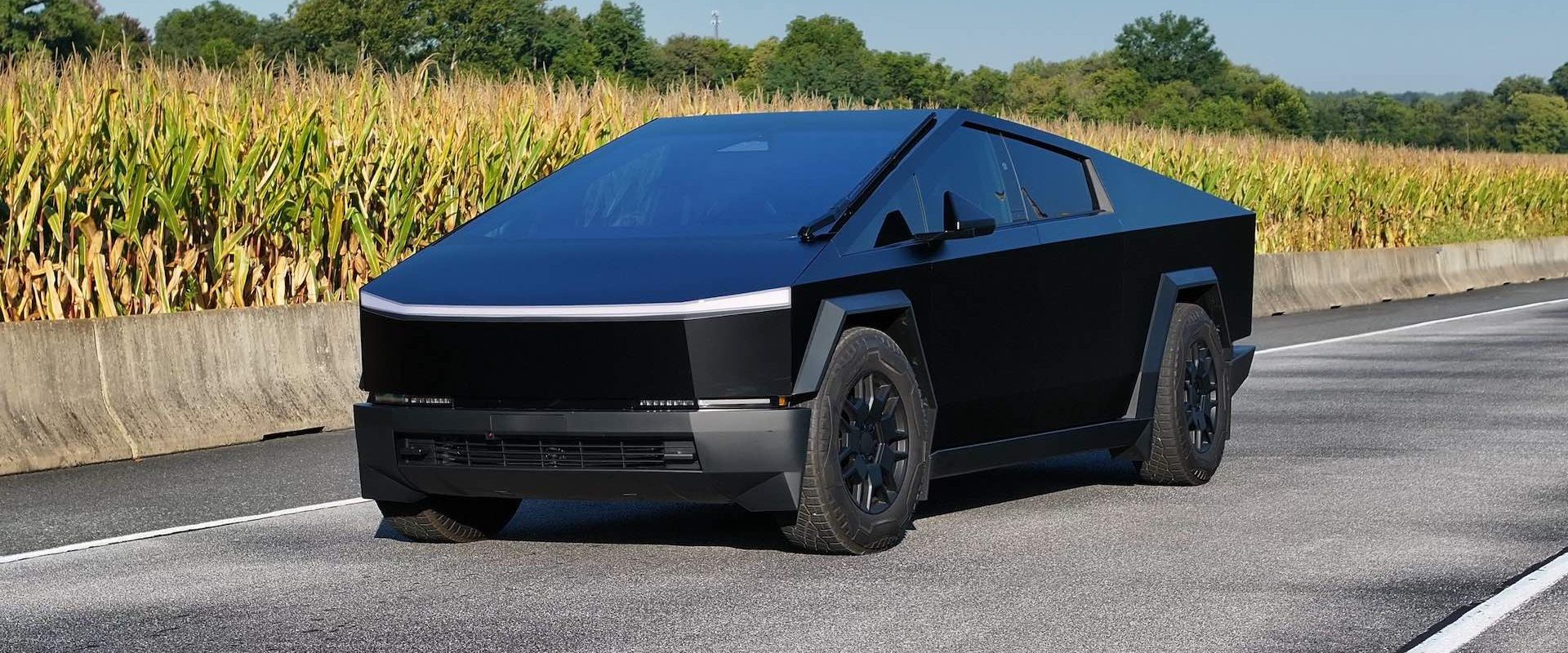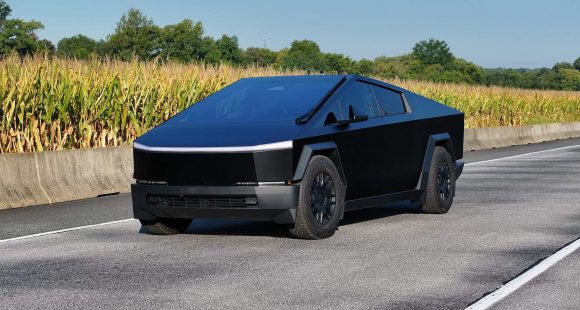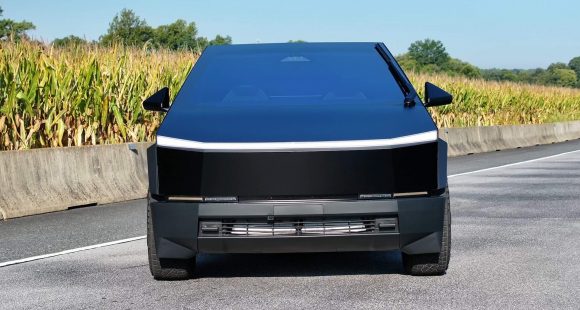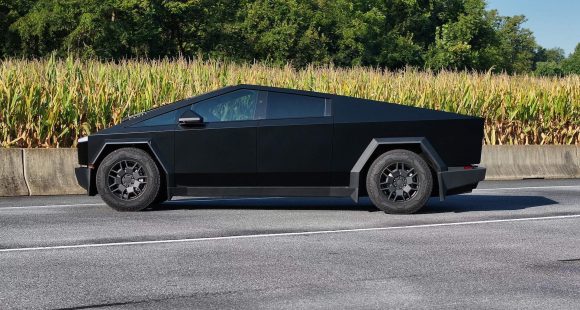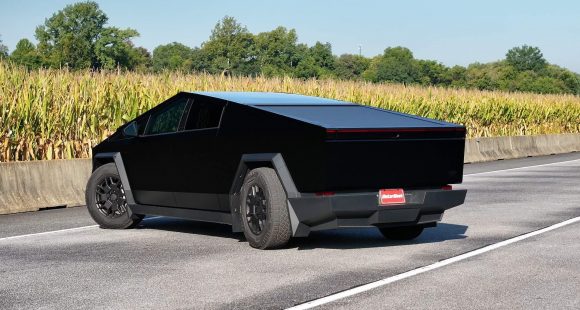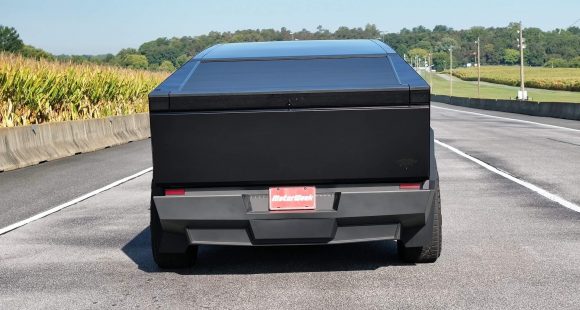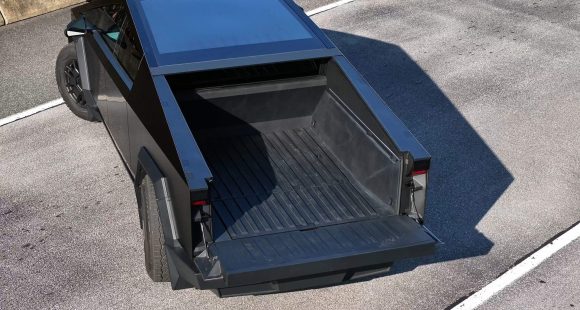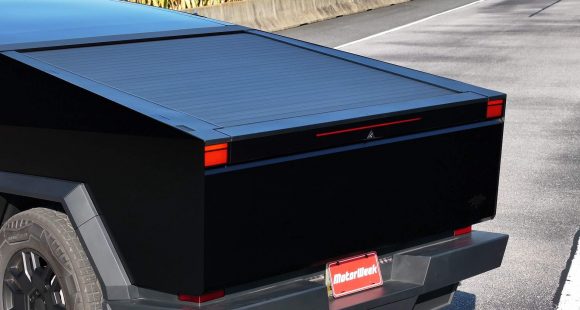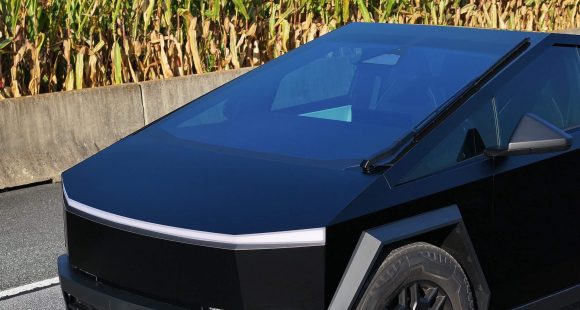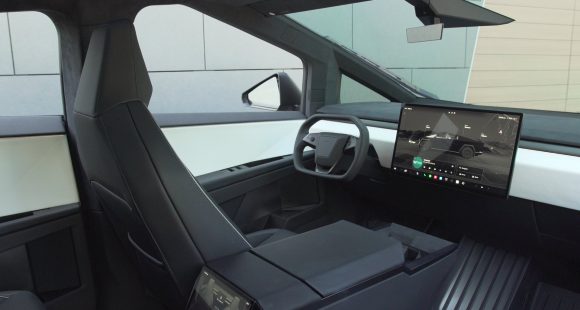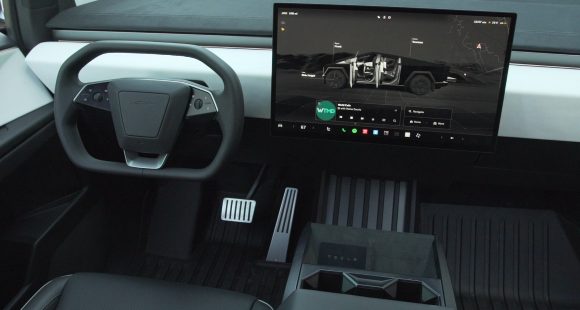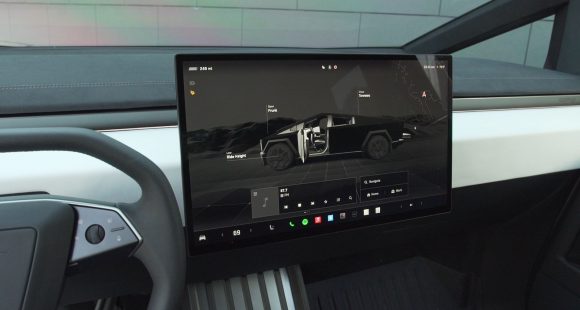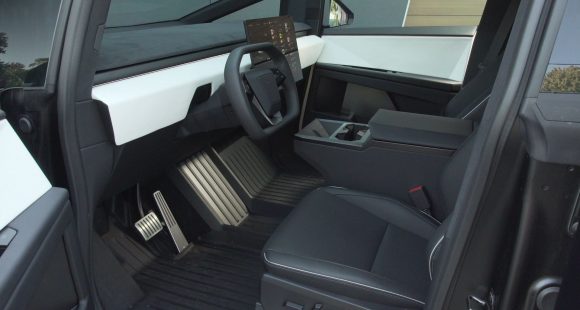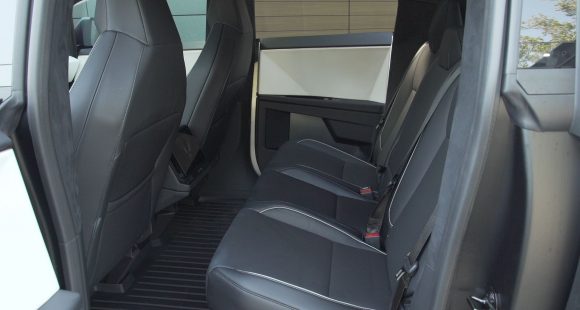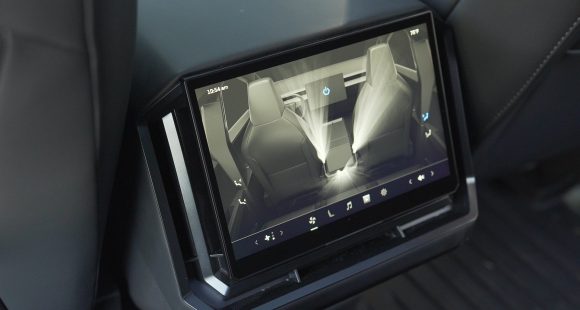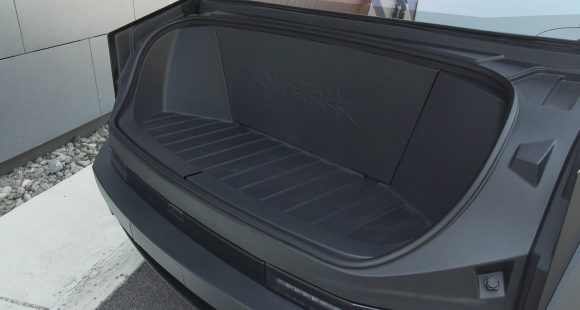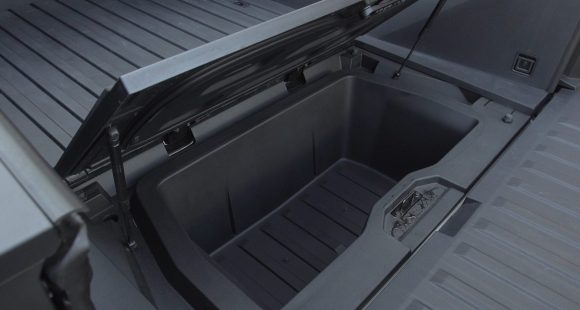2018 Range Rover Velar
When Jaguar entered the SUV world with the F-PACE, we raved about the excellence of their mostly ground up design. After all, they could have simply rebadged a ute from their cousin Land Rover. Now, as it turns out, it’s Land Rover doing some reverse engineering, with a new SUV based on the F-PACE, the Range Rover Velar.
If you’re not a Land Rover enthusiast, you might wonder where this 2018 Range Rover Velar fits in. Well, it’s a true midsize entry, slotting in between the larger Range Rover Sport and compact Evoque.
Engine choices are in step with the Jaguar F-Pace; 2.0-liter turbo-4s, one diesel one petrol, and a 3.0-liter supercharged V6 that rates 380-horsepower and 332 lb-ft. of torque. All work with a ZF 8-speed automatic transmission.
But lest you think this is simply old-school badge engineering, know that Land Rover engineers did indeed start with the bare bones of the F-Pace, including maintaining its 113–inch wheelbase. But from there, they created an all-new Range Rover.
 And certainly a high-fashion one. With no obvious resemblance to the F-Pace; just plenty of styling cues from other Land Rovers; with a floating roof design, some snazzy fender trim, and pop out door handles thrown in for good measure. All standing on up to 22-inch wheels.
And certainly a high-fashion one. With no obvious resemblance to the F-Pace; just plenty of styling cues from other Land Rovers; with a floating roof design, some snazzy fender trim, and pop out door handles thrown in for good measure. All standing on up to 22-inch wheels.
More emphasis was put on off-road performance as well. So, in addition to standard all-wheel-drive, the Velar is available with Terrain Response 2, and gets an electronic air suspension setup not obtainable on the F-Pace, at least for now anyway. And, it’s not just pretty, with a towing capacity of 5,500-lbs.
Admittedly, handling prowess has been lost in the process, as the Velar doesn’t feel quite as light on its feet as the F-Pace, but ride quality is truly sublime.
Dialing up Dynamic mode helps it feel it’s sportiest, and owners can dial in their own customized setup.
Maintaining their superior off-road image is vital to Land Rover, and the Velar is truly more capable than most will ever experience. It also feels rock solid with its aluminum monocoque chassis construction. There’s no ability to engage a low range; but the full suite of electronic aids specific for the trail, have the ability to send full power to whichever wheel is getting the most traction, getting you through just about anything you might encounter.
 Of course you’re well-swaddled in Range Rover luxury while doing that, including numerous leather packages, and supremely comfortable seats. It’s a gorgeous look.
Of course you’re well-swaddled in Range Rover luxury while doing that, including numerous leather packages, and supremely comfortable seats. It’s a gorgeous look.
This is certainly not your father’s Land Rover, unless he had his own proprietary touch panel control system installed. Here it’s Land Rover’s new InControl Touch Pro Duo with twin 10-inch capacitive touchscreens.
With few traditional physical controls, it can be intimidating when you first hop in, but it’s a mostly-logical setup that doesn’t take too long to get comfortable with.
Rear seat passengers don’t miss out on the luxury treatment either, and space is among best in class.
As is cargo room, 34.4 cubic-ft. behind the 2nd row, 70.1 with the 40/20/40 split seatbacks folded flat.
All of that makes this Range Rover as functional as it is beautiful.
 As for track work, our supercharged V6 Velar hopped off the line eagerly with good all-wheel-drive grip. The rear really squats down as you take off, hitting 60 in 5.5-seconds.
As for track work, our supercharged V6 Velar hopped off the line eagerly with good all-wheel-drive grip. The rear really squats down as you take off, hitting 60 in 5.5-seconds.
And right away, you realize Jaguar kept all of the cool exhaust notes for themselves, as here you just get some droning engine noise. Shifts are quick and smooth however, taking you through the ¼-mile in 14.0-seconds flat at a nice even 100 miles-per-hour.
It was a difficult task determining what exactly its capabilities are in the handling department. The chassis feels proficient enough, but as soon as there’s even a hint of understeer, the “safety at all costs” computer initiates “priority slow down procedures” and starts triggering the brakes.
It does exhibit only minor body roll throughout the cones however, with medium to light steering.
And just 102-feet is all it took to bring this thing to a halt from 60. Some nose dive is to be expected bringing 4,471-lbs. to a complete stop that quickly, but even that was relatively minor.
Government Fuel Economy Ratings for the V6 are 18-City, 24-Highway, and 20-Combined. We averaged a fine 21.7 miles-per-gallon on the required Premium. That makes for an Energy Impact Score slightly below the average for all cars, with annual oil consumption of 16.5-barrels and CO2 emissions of 7.3 tons.
A wide range for this Rover has prices starting at just $50,895, and stretching to at least $78,095 for an R-Dynamic HSE V6; our tester was closer to $90,000. Yikes!
Still, if you’re like us, your first response to the middle-weight 2018 Range Rover Velar may be “just what we needed, another luxury SUV”. But, Land Rover has been building posh off-roaders for longer than anybody, so it’s always good to see what they’re up to next. Now it’s up to the rest of the segment to see if they can keep up with the Velar.
Specifications
- Engine: 3.0 liter
- Horsepower: 380
- Torque: 332 lb-ft.
- 0-60 mph: 5.5 seconds
- 1/4 mile: 14.0 seconds @100 mph
- EPA: 18 mpg city / 24 mpg highway,
- Energy Impact: 16.5 barrels of oil/yr
- CO2 Emissions: 7.3 tons/yr
2024 BMW iX M60
Still Quirky, But A Whole Lot Faster!
While many BMW EVs are virtually identical to their ICE counterparts, when it comes to their iX utility vehicle, well, that’s its own unique animal, especially when it comes to this 610-horsepower M60. And now we get a chance to see if we can tame it.
High-performance SUVs are nothing new to BMW, so when their all-electric iX utility debuted for 2022, it didn’t take long for them to inject a little M performance into it. And while we did get some early seat time in the iX M60, this 2024 version is the first time we’ve been able to give it a complete test.
A refresher on the details, the M60 uses a dual motor arrangement; the front motor putting out 255 horsepower, the rear motor almost twice as much. Combined, they whip up 610 horsepower and 811 lb-ft of torque, which we couldn’t wait to exploit at our test track.
xBMW’s electric motors are built in-house, and are unique from most as they use electric pulses to trigger the rotors instead of magnets. This comes into play most obviously in the rear motor where its immediate power delivery somehow seems even more immediate than most. Absolutely zero drop-off in power throughout the quarter-mile, with our best time an 11.7 at 119 mph.
While handling is BMW’s forte regardless of powertrain or vehicle segment, we could feel a little more weight transfer here in the M60, compared to the xDrive50. That’s despite the four-corner air suspension with automatic level control getting some M-spec tuning.
We really had to keep inputs smooth to avoid a full shutdown from the stability system; there was also noticeable lag time between when we initiated turn-ins and when those commands were actually carried out. All of this made more difficult by the iX’s goofy-shaped steering wheel and front seats that feel more like a recliners than sport seats. Brakes felt mostly the same as in the xDrive50: Very little nose dive, good feedback, and consistent drama-free stops from 60 in just 102 feet.
On the street, it feels incredibly fast, bordering on outrageously quick.
So, while it’s still a bit of a mixed bag when it comes to driving on the track, on the street, it feels incredibly fast, bordering on outrageously quick. Meaning you better be prepared for the fury that’s about to be unleashed if you go full in on the accelerator.
And even with all of the performance, and using the same 111.5-kWh battery, the M60 still delivers great range of 296 miles, just 11 fewer than xDrive50. Max charging rate of 250 kW will get you to 80% in 35 minutes.
Whether it’s that steering wheel, the minimal dash with the sweeping digital cockpit display, the center console’s wood and glass controls, heating elements in the armrests, gesture control, or the Panoramic Sky Lounge LED sunroof that frosts over at the touch of a button, it’s all kind of a “far out” experience in the cabin. But also, a very roomy one with almost an open floor plan up front, and lots of space and features for rear seat passengers. Capacity in the cargo area is 35.5 cubic-feet; folding seatbacks can expand the space to 77.9 cubic-feet.
Similar in size to the X5, the iX is built on a unique spaceframe architecture made up of a combination of carbon-fiber, high-strength steel and aluminum, an evolution of what they started back in 2014 with the i3, their first EV. Unique elements for the M60 include blue brake calipers, adaptive LED laserlight headlights, and 21-inch wheels which can be upgraded to these 22-inch M two-tone alloys. It’s not the most beautiful BMW we’ve seen lately, but it sure is unique, and everyone will know it’s not your typical BMW.
Using 42 kWh of energy per 100 miles, the M60 earns a fair efficiency rating. Considering base pricing for the xDrive50 starts at $88,095, the step up to the M60 is a significant one at $112,495.
Admittedly, we weren’t completely enamored with the original iX; great EV, it was just a little too much off-brand for us. It still has its quirks; but after injecting a whole lot more BMW into this 2024 BMW iX M60, now that seems much more like it!
Specifications
As Tested
- Motor Setup: Dual Motor
- Battery Size: 111.5-kWh
- Horsepower: 610
- Torque: 811 lb-ft.
- EV Range: up to 296 miles
- 0-60 mph: 3.5 seconds
- 1/4 Mile: 11.7 seconds at 119 mph
- Braking, 60-0 (avg): 102 feet
- Max Charging Rate: 250-kW
- Efficiency: 42-kWh / 100 miles
2024 Tesla Cybertruck
Yes It's Fast, Yes It's Weird, Yes We Kind Of Like It
We’ve all heard about it, you may have even seen one or two on the road by now, but how much do you really know about Tesla’s outrageous looking Cybertruck? Well, you’ve come to the right place for all the stainless-steel lowdown, as we’re about to blast into cyberspace for some high-tech truckin’!
Over at Tesla, they’re used to taking on big tasks. Not only did they make EVs mainstream, they also turned them into status symbols, built a nationwide charging infrastructure to support them; plus, they’ve even blasted into outer space. Their latest challenge, getting truck buyers to buy into this stainless-steel origami project in mass, might be their toughest undertaking yet.
But we’re not betting against them, as this 2024 Tesla Cybertruck is unlike anything else on the road, and attracts the kind of attention usually reserved for mega-buck Italian exotics.
We’re all living in the Cyber Age of course, but just to get even more “cyber-y” we made sure to get our hands on a local owner’s Cyberbeast version of the Cybertruck. It uses a trio of electric motors, one in front, two in back, to crank out 845 horsepower and 864 lb-ft of torque. Energy comes from a 123-kWh battery, with 250 kW max charging for recouping 128 miles in 15 minutes. The Beast is rated at 301 miles, though a soon to be available range extender could push that to more than 440. The standard two-motor all-wheel drive Cybertruck has a range of 340 miles.
Our tester came wrapped in black, hiding the sheen of those stainless-steel body panels. But, we were much more interested in what it was like to be behind its oddly shaped steering wheel anyway. So, we swiped up for Drive and got down to business.
The first thing we noticed was how much space there was between us and the base of the windshield. Combine that with small windows and a sloping bed cover that makes it impossible to see anything with the flimsy rearview mirror. Visibility is compromised from every angle. Sure, there are cameras everywhere to help, but it’s a less-than-ideal situation.
[The steer-by-wire system makes] for one of the most hyper-reactive vehicles we’ve experienced.
The Cybertruck is controlled with a steer-by-wire system which means strictly electronic signals between the steering wheel and the motors on the steering rack. And the rear wheels get in on the act too, making for one of the most hyper-reactive vehicles we’ve experienced. It definitely feels out of place in a big, tough truck like this, but it also didn’t take long to get used to, which could also be said about the brakes and their very natural feel.
There’s 12 inches of travel in the suspension with the adjustable ride height maxing out at 16 inches of ground clearance. Ride quality is smoother than most of its EV pickup competition, but we wouldn’t exactly call it car-like. Coming in at just under 6,900 lbs., the Cybertruck undercuts the GMC Hummer EV Pickup by more than a ton, it’s rated to tow up to 11,000 lbs., and yes, it’s very quick.
At our Mason Dixon test track, the big 285-series tires on 20-inch wheels easily transferred all of the Beast’s power to pavement for consistent blasts to 60 in just 2.6 seconds. Same as we recently got in a Chevrolet Corvette Z06, and more than a half second quicker than both the Hummer EV Pickup and the Rivian R1T. Launch control is easy to activate, and the Beast stayed plenty stable at speed, but there was a lot of wind noise and a significant amount of electric whining noises too, though those actually sounded kind of cool. Power delivery did plateau towards the end of the track, but we still cleared the quarter in 11.6 seconds at 114 mph.
It’s not all about acceleration, however. There are lots of cool features here in the Cybertruck: Power tailgate and tonneau cover for the 6-foot bed; Honda Ridgeline-like underfloor bed storage; multiple outlets in the bed for powering and charging; front storage space under the hood; a giant windshield wiper; and Sentry Mode which allows you to access the car’s many cameras to monitor all the gawkers while you’re away from it.
Tesla-style minimalism inside means using the 18.5-inch touchscreen for almost everything, and of course you can monitor and control many features from your small screen too. Rear seat passengers get their own 9.4-inch display, along with plenty of room and flip up seat bottoms for storage. Fit-and-finish has improved at Tesla, but there are still some squeaks, and cheaper than expected materials inside, plus a fair amount of panel misalignments outside considering the Cybertruck’s Foundation Series base price of $93,990; Cyberbeast pricing starts at $113,990.
While sales so far have barely put a dent into its 2 million reservations, it is off to a decent start. After all, the 2024 Tesla Cybertruck, besides being a unique beast, does truck-like things surprisingly well. Plus, it’s faster than most hyper sports cars. Still, what the Cybertruck does best is attract a crowd, and we see nothing wrong with that.
Specifications
As Tested
- Motor Setup: Three-Motor
- Battery Size: 123-kWh
- Horsepower: 845
- Torque: 864 lb-ft
- Range: up to 301 miles
- Peak Charging: 250 kW
- 0-60 mph: 2.6 seconds
- 1/4 Mile: 11.6 seconds at 114 mph







